02 Nov 2022
Innovation is in our blood! Hear from our winners of the MINDEF Savings and Value Enhancement (SAVE) and Innovation Symposium Awards about how they innovated to achieve resource optimisation and work improvements.
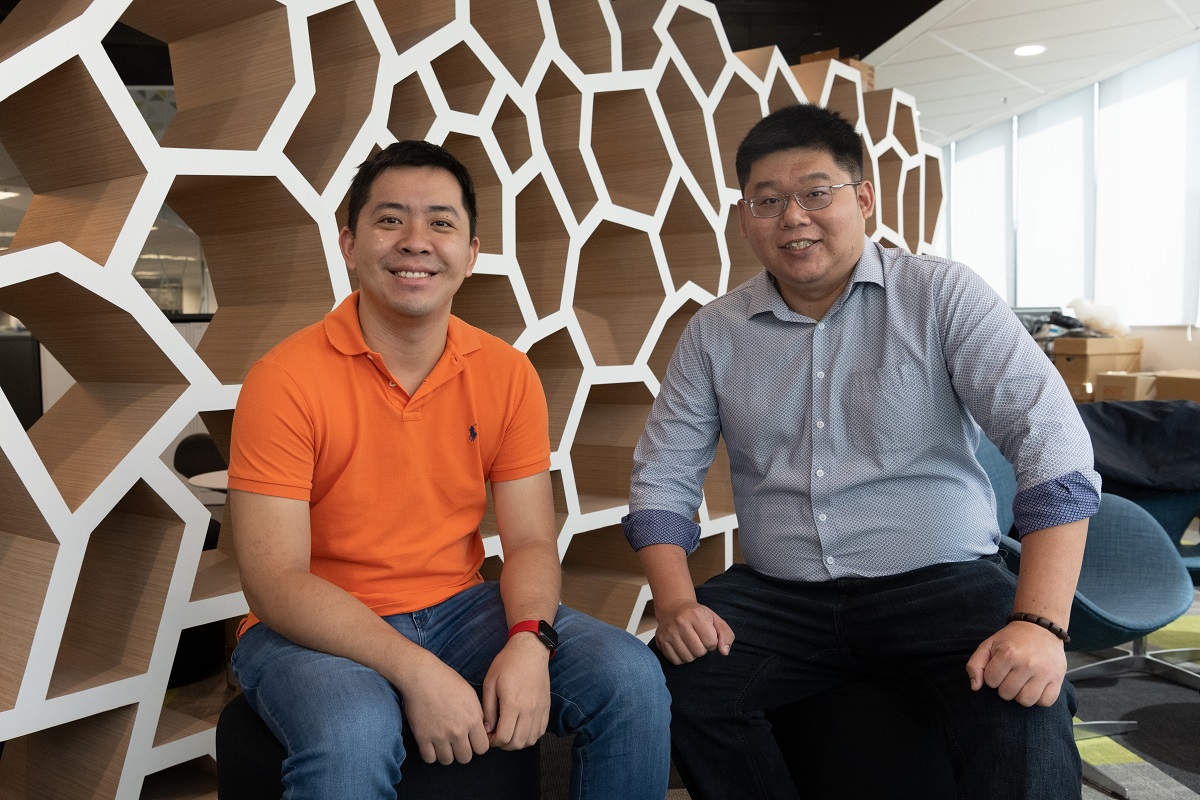
The team behind the Swift Modular Ballistics Protection for Maritime Security and Response Vessels project.
Tell us more about your project!
Senior Engineer (Naval Systems) Soh Liang Bin: MINDEF had an urgent need to build an interim capability to deal with rising maritime security threats. So my team and I refurbished the RSN’s Maritime Security and Response Vessel (MSRV) with enhanced capabilities such as ballistics protection.
How did the team innovate?
Liang Bin: One of the many things we did as part of the refurbishment was to strengthen the vessels’ ballistics protection, which we achieved by adding armoured plates.
Based on our knowledge of the modular nature of armoured plates and experience re-configuring individual plates and frames to create a guard post or for deployment on land vehicles, we decided to source within the SAF’s inventory. Our search led us to the Rapid Deployable Pillbox, a hardened covering that is usually used to protect land vehicles against firearms, which we then redeployed onto the MSRV.
After several rounds of assessment, the RSN found that the solution met their requirements and agreed that there was no need to purchase a new system, which resulted in significant cost savings.
Our team worked efficiently and swiftly throughout the process, and we were able to implement the solution onboard within nine months instead of the usual two years.
Any key takeaways from the project?
Liang Bin: The experience of sourcing for a weapon defence system for the MSRV taught me that it is best not to over complicate matters as the solution could be right in front of us. Sometimes, the best solution is the simplest one.
How do you feel about winning the SAVE Award?
Liang Bin: We are honoured to receive the award, and it serves as a recognition of the effort we invested in this project. More importantly, we are glad that we were able to offer the RSN a solution quickly.

The team behind the Adapting the RSAF’s 0.5-inch Ammunition Configuration for the RSN project.
Mind sharing more about your project with us?
Head (Heavy Machine Gun and Cannon Systems) Tan Wee Chye: I headed a team that successfully adapted the linked configuration of the RSAF’s 0.5-inch ammunition so that the ammunition could be used on the RSN’s platforms. The RSAF and RSN use the same ammunition, but the ammunition is linked differently in a belt.
What gave your team the winning edge?
Wee Chye: Common ammunition is used by different weapon systems across the Services. To optimise resources from a weapon discontinued in the RSAF, our team worked closely with the RSN and the RSAF to redeploy these serviceable ammunition for the Oto Melara 12.7mm Hitrole Gun used by the RSN’s Littoral Mission Vessels. We conducted technical assessments on the feasibility of adapting this ammunition for the RSN after verifying the suitability of the RSAF’s stock, as well as ensured its safety and quality. That allowed us to relink the ammunition configuration for the RSN’s needs successfully.
Any challenges?
Wee Chye: It was challenging to work against time to ensure the success of the project – from matching the suitability of the RSAF’s stock for the RSN’s needs, to ensuring that the adapted linked configuration functioned reliably and well. Through a lot of effort, we were able to overcome these challenges to ensure the project’s success.
How does it feel to win the SAVE Award?
Wee Chye: The award is an encouragement and recognition of our work. It motivates us to continue using our expertise to achieve not just better cost effectiveness, but also to continue striving towards sustainability.
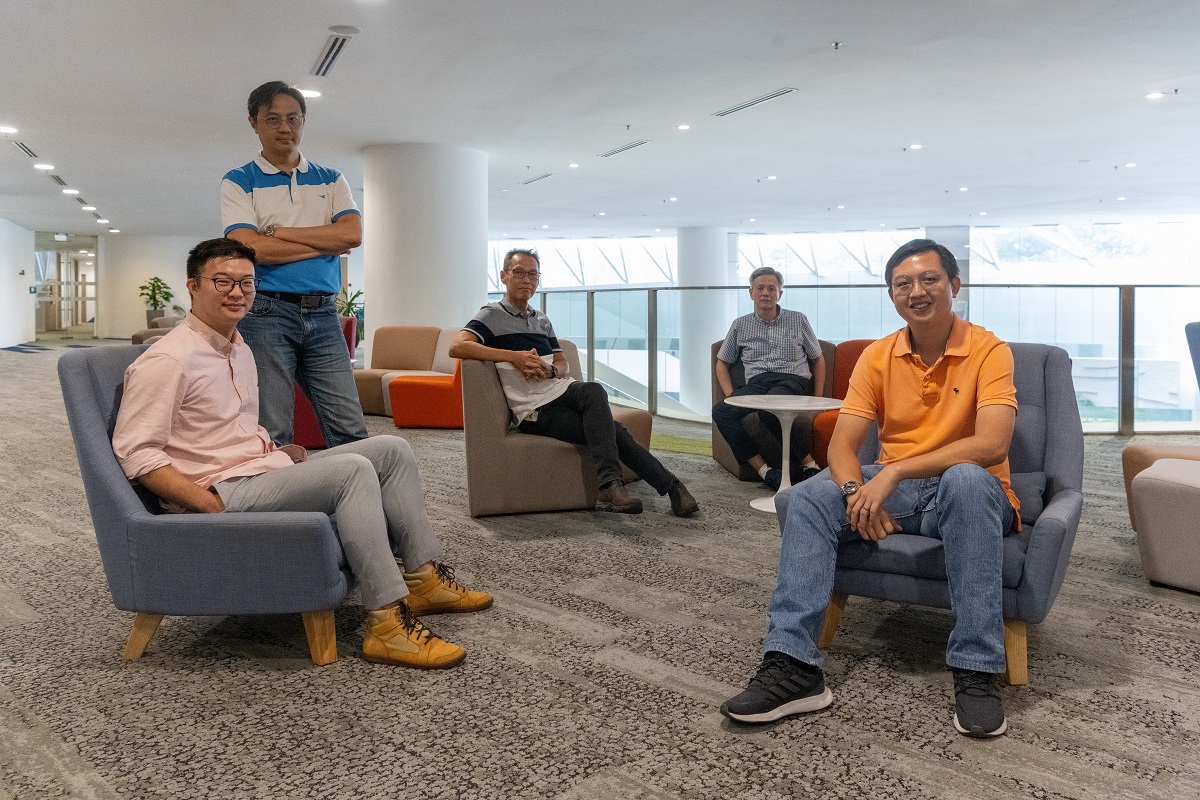
Part of the team behind the Ammunition Component Change-Out project.
What was your project about?
Programme Manager (Systems Management) Lee Jie: My team and I transformed the way ammunition is acquired. Instead of buying ammunition periodically, we adopted a life cycle approach and looked for opportunities to extend the shelf life of our existing ammunition stockpile. For example, we influenced the ammunition’s redesign to make it modular, so as to facilitate subsequent component change-out. That means that it is possible to replace just its shelf-life-limiting component, as opposed to having its entire explosive assembly changed. This reduced the need to purchase replacement ammunition and dispose expired ones.
Tell us one thing that’s innovative about the project.
Lee Jie: The SAF stockpiles ammunition to meet training and operation requirements. However, ammunition has limited shelf life and sometimes, not everything can be utilised before its expiry. Hence, there was a need to relook at how the SAF’s need for ammunition could be better sustained with reduced costs and carbon footprint from production and disposal.
Partnering the Army and the local industry, we conducted a detailed analysis of the ammunition’s shelf-life-limiting components and design modifications. We then designed it to enable component change-out to extend its shelf-life. This reduced the need to purchase new ammunition stocks and dispose existing ones. Armed with our knowledge, we also incorporated an appropriate type of demilitarisation technology to refurbish artillery shells by removing their explosive materials and replacing them with new ones.
What hurdles did you guys have to overcome?
Lee Jie: Due to border closures and shipment restrictions in recent years, the industry had experienced some supply chain disruptions for shipment and restriction for testing of munitions. However, our team worked closely together and conducted extensive research for alternative sources of energetics materials, which minimised the impact of the disruptions and even improved our overall supply chain resiliency.
Any best memories from the project?
Lee Jie: My best memory has definitely got to be witnessing the collaborative spirit between DSTA, SAF Ammunition Command, Army users and our local industry partners, which was aplenty while we were brainstorming and working together to find solutions.
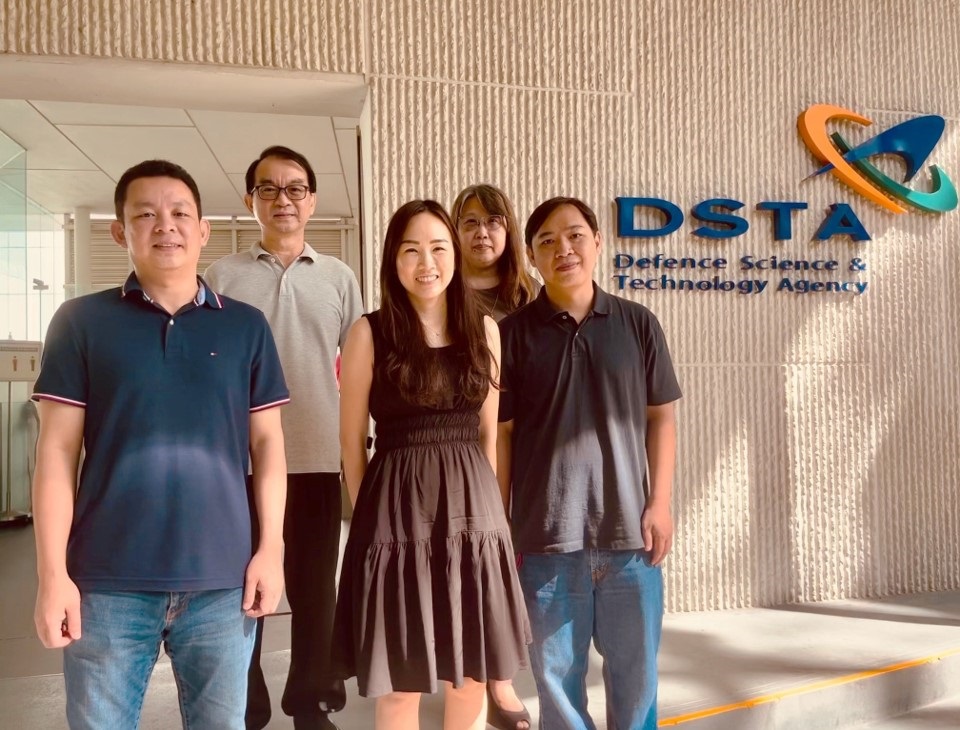
The team behind the Acquisition of VCSS project.
What did you guys work on?
Senior Principal Engineer (Advanced Systems) Yip Peng Hon: We looked into replacing the SAF’s Voice Communication Switching System (VCSS), which is a type of system that allows multiple communication systems such as radios, telephones and intercoms, to be connected effectively.
How did the team innovate?
Peng Hon: To encourage competitive bidding, which would likely result in better proposals, we took the initiative to adapt existing procurement and tendering processes. This involved seeking out original equipment manufacturer (OEM) early on during the tendering phase to clarify the requirements with each of them and answering their queries. We wanted to make sure that we would be able to get the capability at the best possible value to meet the SAF’s operational needs and stretch the defence dollar.
Any challenges?
Peng Hon: The evaluation of the proposals was challenging. It was difficult to pin down one OEM, as everyone had their pros and cons. However, by working together with our RSAF partner towards the common goal of choosing the best for the SAF, we managed to shortlist one that met all our requirements at a very competitive price.
What are your key takeaways from the project?
Peng Hon: A strong and collaborative ops-tech effort between DSTA and our partners is key to bringing about innovation and cost savings. I’m also looking forward to applying the competitive tendering approach we took for this project to my future projects!
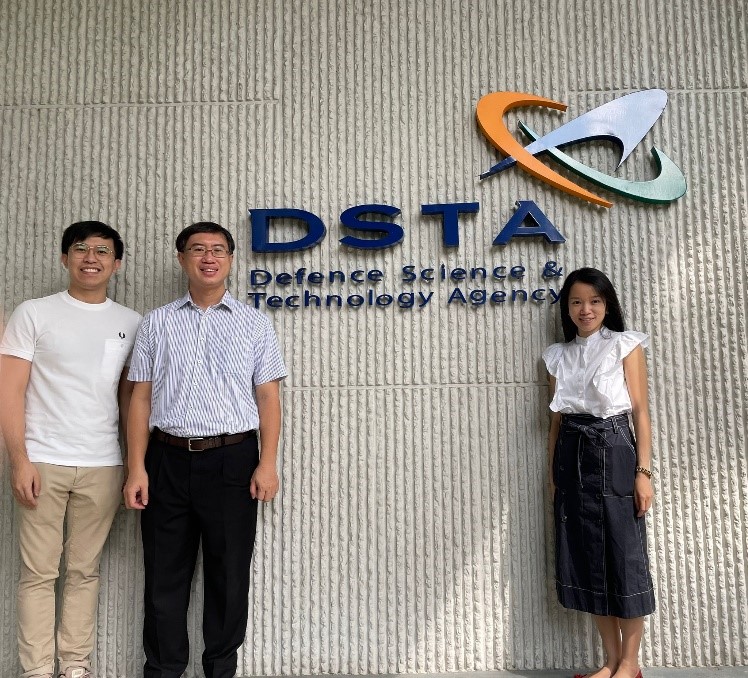
Part of the team behind the SAF Spectrum Watch Tower project.
What’s your project about?
Senior Principal Engineer (Information) Leong See Chuan: Radio frequencies are used in wireless communications. As a finite resource, proper assignment and optimised use of the frequency spectrum is vital for effective spectrum management. This includes spectrum sensing, which uses spectrum monitoring systems to detect frequency spectrum availability, identify occupancy, and resolve interference issues.
What’s innovative about your project?
See Chuan: When spectrum interferences are detected, a team is deployed to hunt down the rogue signal manually. Geo-locating non-persistent, weak, or unknown signals in a congested urban environment requires significant manpower and time. Thus, we explored the use of Software Defined Radio (SDR) with Internet of Thing (IoT) for a cost-efficient and easily implementable integrated solution.
The idea was to use the software on a Raspberry Pi to control the detection parameters of multiple distributed SDRs, and send real-time spectrum information to the central control system. We also adopted machine learning AI techniques, which allowed us to not just automate anomaly detection but also pinpoint the locations of interference sources.
The proof of concept was demonstrated to the SAF spectrum branch, and their team facilitated the implementation by designing, developing and deploying the solution during National Day Parade 2021 successfully. With the inclusion of an accompanying web-based dashboard that tracks spectrum data and sensor statuses in real time, the solution helped the SAF to detect anomalies proactively and geo-locate rouge sources of interferences more effectively.
Any favourite memories from the project?
See Chuan: Our team enjoyed interacting with the SAF branch team members very much, from determining the project requirements to demonstrating the application. We are proud to see the system in use.
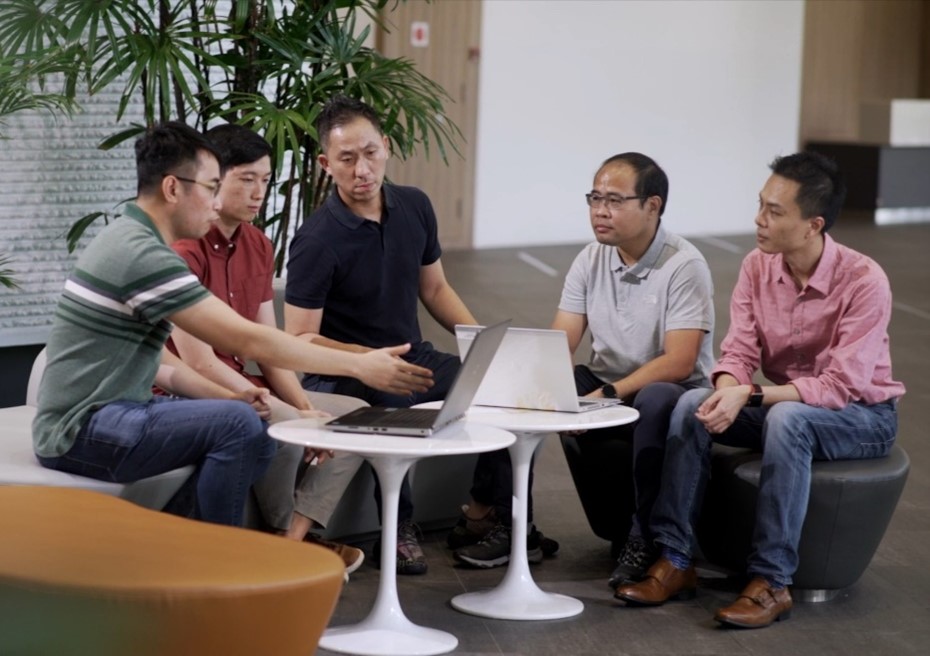
Part of the DSTA team behind the SAF Home Recovery Task Group project.
Tell us more about your project.
Director (Systems Architecting) Chung Wai Kong: During the early days of the COVID-19 pandemic, the Ministry of Health (MOH) started the Home Recovery Programme (HRP) to manage patients on home recovery. While the Army scaled up the programme’s capabilities to help MOH manage a surge in cases, an ops-tech team consisting of members from the Army, the RSAF, and DSTA was also set up to provide assistance. As part of this effort, the RSAF developed digital solutions while DSTA provided the technical consultancy for system and solution integration. Together, the ops-tech team introduced digital tech solutions to increase the HRP’s operational capacity.
Share with us what’s innovative with your work!
Wai Kong: Previously, HRP patients were managed primarily through manual efforts such as excel spreadsheets and phone calls. The ops-tech team worked closely with the SAF users and leveraged existing commercial software, which introduced digital solutions to automate the management. This scaled the programme’s maximum capacity rapidly from just 50 patients during its pilot to over 106,000 patients.
In addition, two DSTA teams also developed a Natural Language Processing module that processed inbound queries and identified keywords and emerging topics. By tracking query patterns, we were able to stay aware of public concerns without having to browse through patient call logs manually.
We also evaluated and refined the new Home Recovery workflow by using operational research techniques to identify resource requirements and process bottlenecks.
What are your thoughts on winning the MINDEF Exemplary Innovator Award?
Wai Kong: I am proud to have been part of the team that supported the SAF’s Home Recovery Task Group. Our partnership was enjoyable, and allowed us to roll out new capabilities or adapt to relevant policy changes within days. We are glad to have contributed to the nation’s fight against COVID-19.
